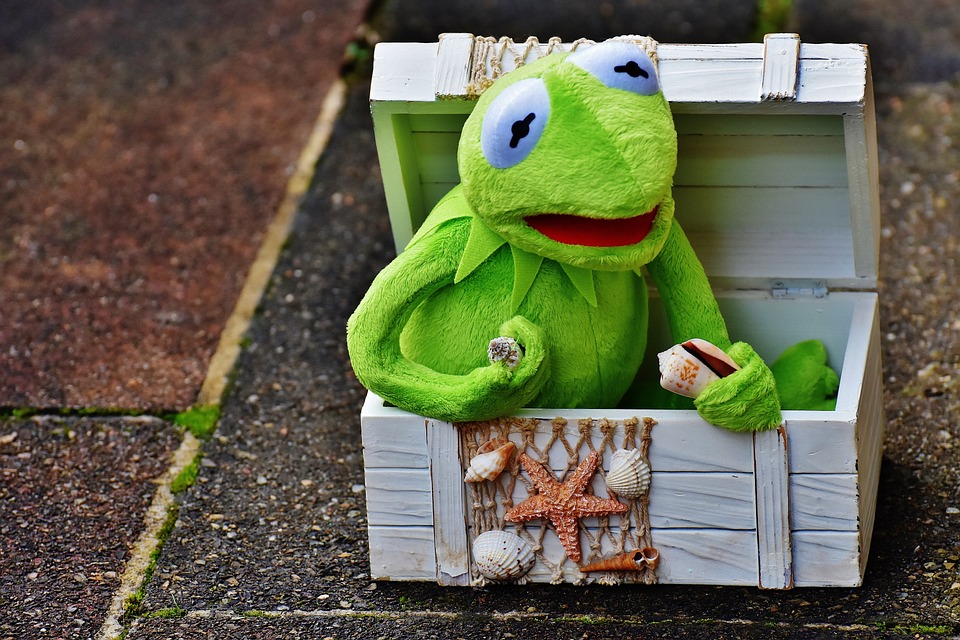**Title: How to Maintain Stable Water Temperature in a Tropical Fish Tank: Essential Tips and FAQs**
**Introduction:**
Maintaining a stable water temperature is crucial for the health and well-being of your tropical fish. Fluctuations in temperature can stress your fish, weaken their immune system, and even lead to fatal consequences. In this article, we will discuss effective methods to ensure a stable water temperature in your fish tank, along with answers to frequently asked questions.
**Why is Water Temperature Stability Important for Tropical Fish?**
Understanding the significance of stable water temperature is the first step towards providing a healthy environment for your tropical fish. Here’s why it matters:
1. Temperature affects fish metabolism: Fish are ectothermic, meaning their body temperature is regulated by the surrounding water. A stable water temperature allows fish to maintain their metabolism and overall health.
2. Temperature impacts oxygen levels: Warmer water holds less dissolved oxygen, which is vital for fish respiration. A stable temperature ensures a consistent oxygen supply for your fish.
3. Temperature affects fish behavior: Drastic temperature changes can cause stress and behavioral changes in fish, leading to aggression, reduced appetite, and even disease susceptibility.
**Factors Affecting Water Temperature:**
To maintain a stable water temperature, it’s crucial to be aware of the factors that can influence it. Consider the following:
1. Room temperature: The temperature of the room housing the fish tank can impact the water temperature.
2. Lighting: Intense lighting can raise water temperature, especially in smaller tanks or those placed near windows.
3. Seasonal changes: External temperature fluctuations can affect the water temperature in your tank.
4. Heater malfunction: A faulty or inadequate aquarium heater can lead to temperature fluctuations.
**Methods to Maintain Stable Water Temperature:**
Now that we understand the importance of water temperature stability and the factors that can affect it, let’s explore some effective methods to maintain an ideal temperature in your tropical fish tank:
1. **Invest in a Reliable Aquarium Heater:** Choose a heater appropriate for your tank size and consider getting a backup heater for emergencies. Opt for a heater with a built-in thermostat for precise temperature control.
2. **Choose the Right Location for Your Fish Tank:** Place the tank away from direct sunlight and drafts to prevent temperature fluctuations. Avoid placing it near heating or cooling vents.
3. **Monitor Room Temperature:** Keep an eye on the room temperature and adjust the heater accordingly to maintain a stable water temperature.
4. **Use Insulation Techniques:** Insulate the fish tank with a foam sleeve or wrap it with insulating material to prevent heat loss.
5. **Consider the Lighting System:** Opt for LED lights that emit less heat or use a cooling fan to counteract the heat generated by the lights.
**FAQs (Frequently Asked Questions):**
Q1. What is the ideal water temperature for tropical fish?
Q2. Do all tropical fish require the same water temperature?
Q3. How do I select the right aquarium heater for my fish tank?
Q4. Can I use multiple heaters in a larger fish tank?
Q5. Are there any alternative methods to maintain stable water temperature?
Q6. How often should I monitor the water temperature in my fish tank?
Q7. What should I do if the water temperature suddenly changes?
Q8. Can high water temperatures harm my fish?
Q9. Is it necessary to acclimate fish to the water temperature before introducing them to the tank?
Q10. How can I keep the water temperature stable during power outages?
**Conclusion:**
Maintaining a stable water temperature in your tropical fish tank is essential for the well-being and longevity of your fish. By investing in a reliable aquarium heater, choosing an appropriate tank location, and implementing insulation techniques, you can provide a comfortable environment for your aquatic pets. Remember to monitor the water temperature regularly and address any sudden changes promptly. By following these tips, you’ll create a thriving and healthy ecosystem for your tropical fish.









